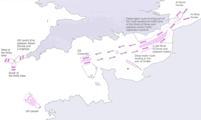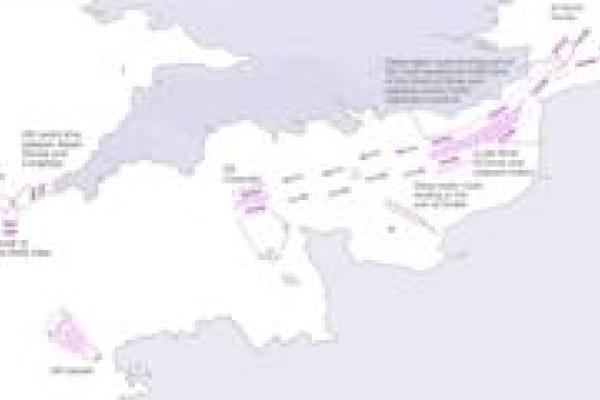
Steamship Mutual
Published: October 08, 2008

The UK Maritime and Coastguard Agency recently published Marine Guidance Note 364 (M+F) relating to Traffic Separation Schemes and the application of rule 10 of the International Regulations for Preventing Collisions at Sea to navigation in the Dover Strait. Although MGN 364 (M+F)* is principally concerned with navigation in the Dover Strait Traffic Separation Scheme (TSS), many points raised are equally applicable to TSS encountered worldwide.
Mariners must remain aware that rule 10 of the Collision Regulations applies to TSSs that have been adopted by the IMO.** Whilst navigating within a TSS rule 10 does not relieve any vessel of an obligation under any other rule, and in particular that the Steering and Sailing rules for vessels in sight of one another and in restricted visibility still apply in their entirety, and the fact that a vessel is following a traffic lane does not give her priority over crossing vessels. When navigating in a TSS which has been implemented by the local national authority but which has not been adopted by the IMO, vessels may be encountered that are not complying with the requirements of rule 10 due to the TSS not being IMO adopted.
With regard to Inshore Traffic Zones (ITZs), it is generally accepted that heavy traffic density within a traffic lane, restricted visibility or the lack of traffic within an ITZ are not sufficient reason for a vessel to leave a traffic lane and use the ITZ. However, a vessel may use an ITZ when it is necessary to seek shelter from the weather. When a vessel does enter an ITZ in line with the requirements of the rule to proceed to one of the nominated places within the ITZ, then it must be remembered that vessels navigating within the ITZ may be encountered heading in any direction.
Some TSSs may have precautionary areas associated with them, especially where TSSs merge or cross. Precautionary areas are not part of the TSS, therefore the provisions of Rule 10 do not generally apply, however, ships should navigate with particular care and attention when within such areas.
Two way routes, or deep water routes are often marked on navigational charts, and again these are not part of any TSS therefore the requirements of rule 10 generally do not apply. However, vessels proceeding along such a route, shall, so far as practicable, keep to the starboard side of the marked route. Vessels using a deep water route are recommended to avoid overtaking other vessels if this practicable.
Vessel found to not be complying with the provisions of Rule 10 within a TSS should, if possible, be reported to the local Vessel Traffic Service, if within a VTS area. Mariners may also alert other vessels to the fact they are not complying with the requirements of the TSS by signalling, by code flag, signal light or sound signal, the two letter signal, as defined in the International Code of Signals, ‘YG’, which means ‘you appear not to be complying with the Traffic Separation Scheme’.
* The full text of MGN 364 (M+F) can be found on the Maritime and Coastguard Agency website at http://www.mcga.gov.uk/c4mca/364.pdf
** Details of IMO adopted TSSs can be found in the IMO publication ‘Ships Routing’ (latest edition, as at October 2008, is the 9th Edition published in 2007). Details can also be found in the United Kingdom Hydrographic Office (UKHO) publication ‘Annual Summary of Admiralty Notices to Mariners’ no.17, which is published each year. Any changes to these TSSs will be promulgated in weekly ‘Admiralty Notices to Mariners’ published by the UKHO. UKHO charts depict both IMO adopted schemes and those implemented by national authorities. When navigating in those that are not adopted by the IMO, vessels may be encountered that are not complying with the requirements of rule 10 due to the TSSs not being IMO adopted.


